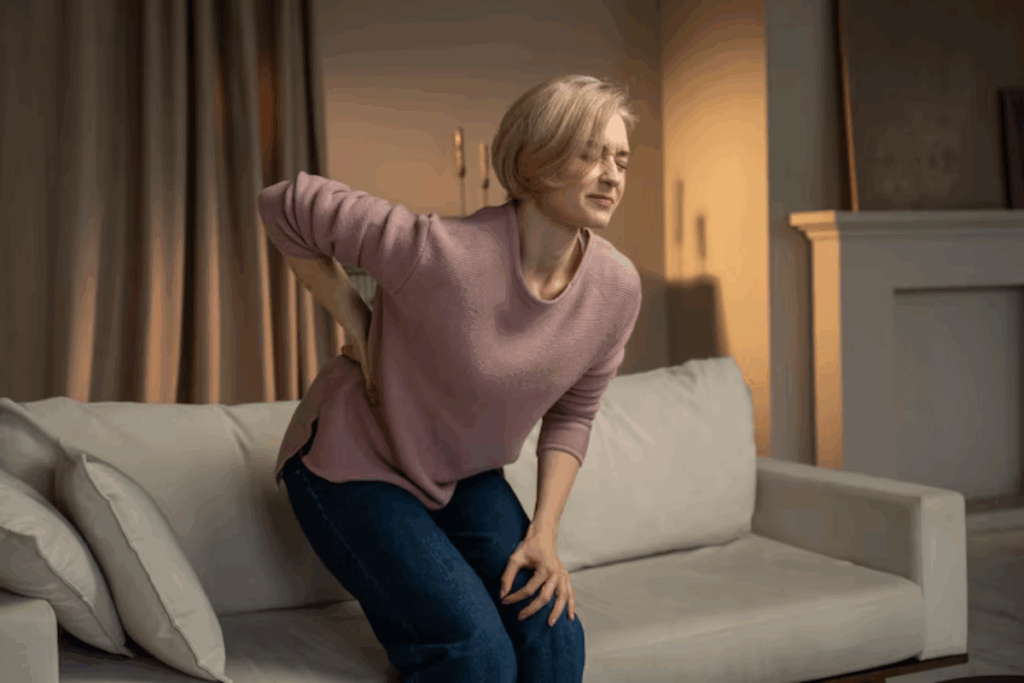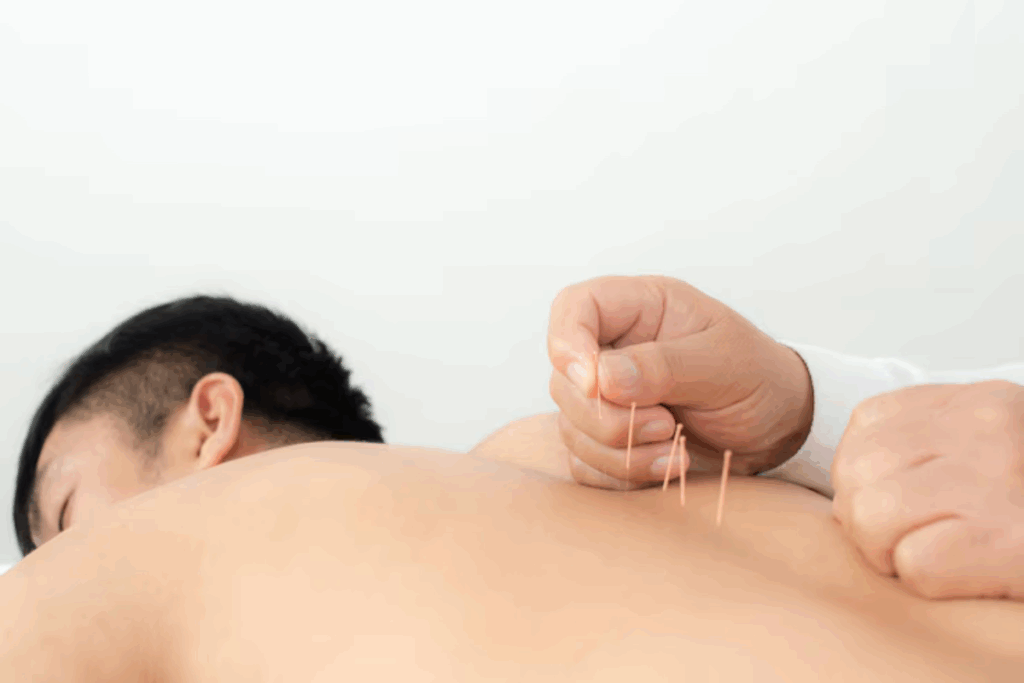Strength Is More Than Muscle—It’s the Way You Carry Yourself
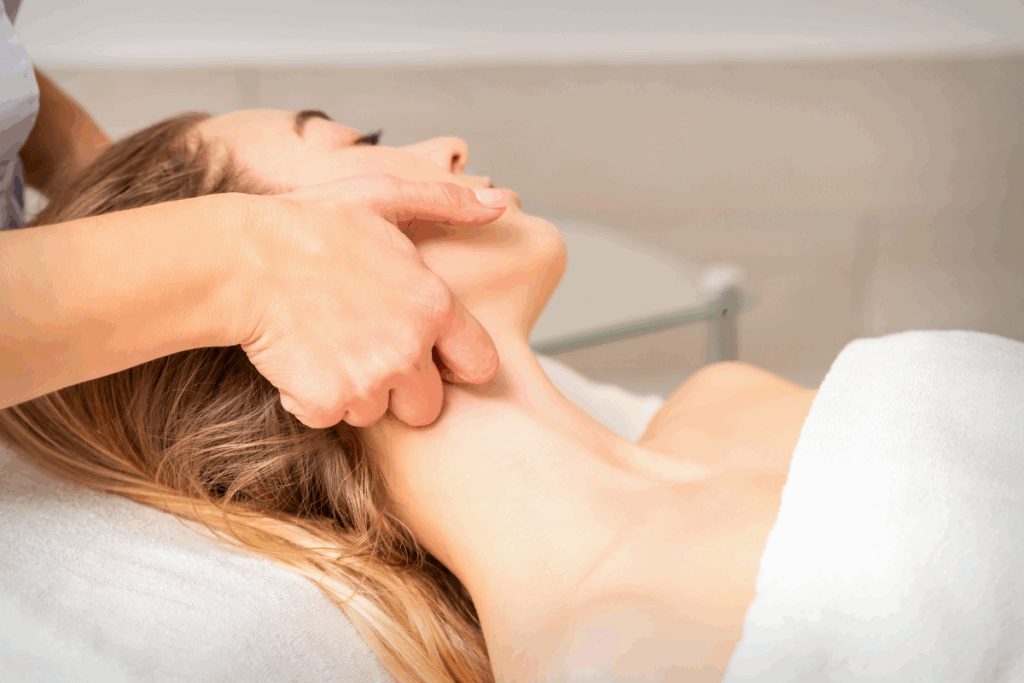
What Is Medical Massage?
Medical massage is a targeted, therapeutic treatment designed to address specific issues like chronic pain, injury recovery, or stress-related tension.
Unlike general relaxation massage, it’s goal-oriented. Whether you’re managing migraines, back pain, postural strain, or the daily toll of being on your feet, medical massage focuses on the underlying source of discomfort and supports the body’s natural healing process.
Sessions are customized and tailored to your needs—so you’re not just getting a massage. You’re getting treatment designed to help you move better, feel clearer, and live with less pain.
What Happens During a Medical Massage?
Unlike a traditional massage where the goal is general relaxation, medical massage is outcome-driven. It’s tailored to your body’s specific needs and symptoms.
Here’s what you can typically expect:
- A focused intake: The practitioner will ask about pain points, injuries, posture, work habits, or movement issues.
- A customized session: They’ll use specific techniques like myofascial release, trigger point therapy, or deep tissue work—targeted to relieve what you’re actually feeling.
- Functional results: You may leave feeling more mobile, with reduced pain, less muscle tension, and often a clearer mind.
- Ongoing care (if needed): Some clients benefit from a series of sessions as part of injury recovery or chronic condition management.
It’s not about checking out. It’s about tuning in—to what your body truly needs.
Book a yoga and wellness session today and step into your strength, our yoga sessions build power and self-belief, one breath at a time.
What Makes It Different from a Spa Massage?

Traditional Massage
Medical Massage
Full-body relaxation
Focused on specific problem areas
Often light-to-moderate pressure
Often deeper, more therapeutic work
General stress relief
Targeted treatment with functional goals
Set routine each session
Customized to your pain, posture, or diagnosis
A luxury add-on
Often recommended by doctors, chiropractors, or PTs
Medical massage can still feel amazing—but the goal is lasting impact, not just momentary calm.
Types of Medical Massage
Medical massage isn’t a one-size-fits-all service. It includes a variety of focused modalities designed to address specific needs. Depending on your symptoms, our therapist may use one or a combination of the following approaches:
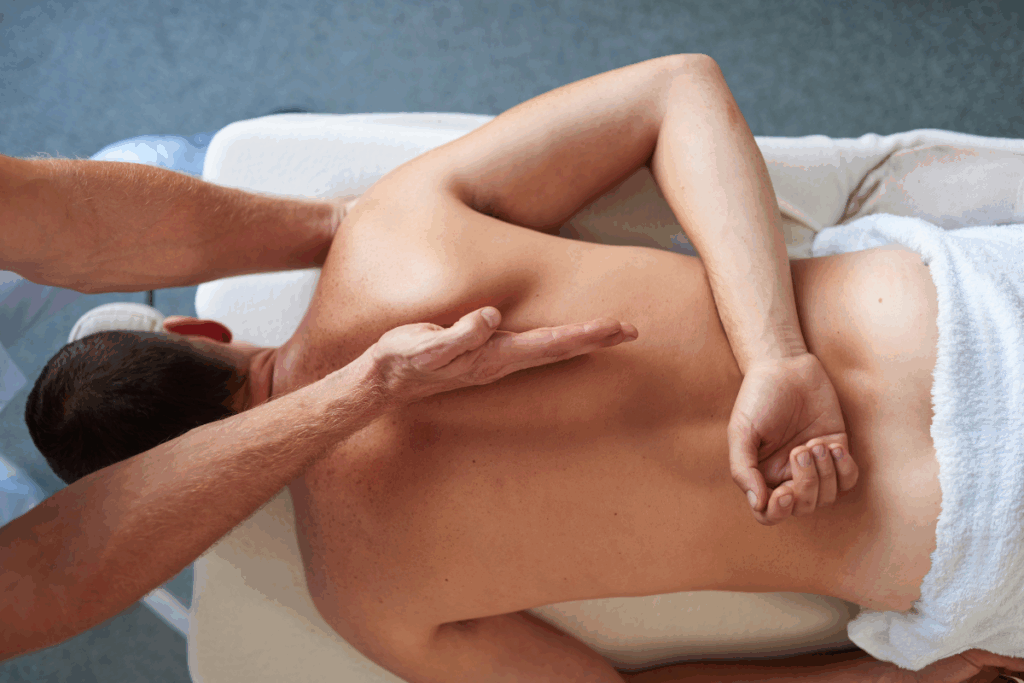
- Trigger-Point Therapy
Targets tight, knotted areas that refer pain to other parts of the body—often the root of chronic tension or nagging discomfort. - Myofascial Release
A slow, sustained technique that eases tension in the fascia (connective tissue) and restores movement without force. - Deep Tissue Massage
Applies firm, deliberate pressure to deeper layers of muscle and connective tissue—ideal for chronic pain, muscle strain, or postural fatigue. - Neuromuscular Therapy
Combines assessment and targeted pressure to treat underlying imbalances between nerves and muscles—often used for functional recovery and pain correction. - Lymphatic Drainage
Uses very light pressure to encourage natural movement of lymph fluid, reduce swelling, and support immune function—especially useful after surgery or injury.
Techniques Used in Medical Massage

Medical massage isn’t just about working harder—it’s about working smarter. Our therapist may use a combination of the following techniques, based on what your body needs:
- Static compression
Direct, sustained pressure applied to a trigger point to help it release and stop referring pain. - Stripping techniques
Deep, gliding strokes along the length of a muscle to break up tightness and restore function. - Cross-fiber friction
Firm, localized rubbing across muscle fibers to realign scar tissue and reduce chronic pain. - Muscle energy techniques (MET)
Uses gentle resistance and stretching to retrain muscles that are locked short or weak. - Stretch-assisted release
Combines massage and assisted stretching to restore fluid movement and improve flexibility. - Nerve glide and decompression techniques
Mobilizes restricted nerves gently to reduce tingling, numbness, or referred pain caused by compression.
Each technique is used intentionally—never randomly—based on your symptoms, preferences, and response during treatment.
Conditions Treated with Medical Massage

Medical massage supports a wide range of conditions by targeting muscular tension, pain referral patterns, and nervous system overload. Some of the most common concerns we work with include:
- Chronic back or neck pain
Relieves deep-seated muscle tension and improves alignment for long-term relief. - Sciatica or nerve compression
Releases pressure along the spine and hips to ease radiating pain and numbness. - Tension headaches or migraines
Softens trigger points in the neck and shoulders that often contribute to head pain. - Post-surgical recovery
Breaks up scar tissue and improves mobility after orthopedic or abdominal procedures. - TMJ dysfunction and jaw tension
Eases clenching, clicking, and tension headaches caused by jaw imbalances. - Carpal tunnel and repetitive strain injuries
Reduces inflammation and muscle tightness in overused forearm and wrist muscles. - Shoulder impingement or frozen shoulder
Restores mobility and reduces inflammation in restricted or inflamed shoulder joints. - Postural fatigue (desk or standing jobs)
Rebalances muscles overworked by long hours at a desk or on your feet. - Anxiety-related muscle holding
Calms the nervous system and releases subconscious physical stress patterns. - Sports injuries and overuse syndromes
Supports recovery and reduces strain in athletes or active individuals.
Who Can Benefit from Medical Massage in Melville?

You don’t need a major injury to benefit. If your body has been whispering (or shouting) that something’s off, it might be time to listen.
People often seek medical massage for:
- Chronic neck or shoulder tension
- Sciatica or lower back pain
- TMJ, migraines, or jaw tightness
- Post-surgery recovery
- Carpal tunnel or repetitive strain injuries
- Desk posture fatigue
- Athletic injuries or performance tightness
- Stress-related muscle holding
Many of our clients are teachers, healthcare workers, business owners, or busy parents—people who give a lot and come to us when they need focused, real relief.
Simple Ways to Know If Medical Massage Is Right for You
If any of these sound familiar, it might be time to book a session:
- “I’ve tried stretching, and it helps—but not enough.”
- “I have chronic tension that comes back every week.”
- “I’m managing pain, but I don’t want to rely only on medication.”
- “I hold stress in my shoulders, jaw, or back—and it’s not going away.”
- “I want to move better, sleep better, and feel more at ease in my body.”
This isn’t about pushing through. It’s about finding relief that lasts longer than just a weekend.
FAQs :

1. Do I need a referral for medical massage?
No. You can book directly—though some clients are referred by physicians, chiropractors, or physical therapists.
2. Does medical massage hurt?
It may involve deeper pressure than a spa massage, but it should never feel unsafe. Our therapist will work within your comfort zone and check in often.
3. What should I wear to the appointment?
Loose, comfortable clothing. You may undress to your level of comfort, and you’re always draped professionally. Communication is key.
4. How long is a session?
Typically 30, 60, or 90 minutes depending on your needs. Your provider can recommend the best duration based on your symptoms and goals.
5. Can it help with stress and anxiety too?
Yes. Medical massage helps down-regulate your nervous system, which can ease emotional stress as well as physical tension.
6. Will I feel sore afterward?
Some soreness is normal if deeper work was done—similar to how you feel after a workout. It usually passes in 24–48 hours.
7. How many sessions will I need?
It depends. Some clients find relief in one session; others benefit from a short treatment plan. Our therapist will guide you with transparency.
8. Is this different from physical therapy?
Yes. Medical massage complements PT but focuses more on soft tissue work and nervous system support. It’s a hands-on, deeply attuned treatment.
9. Is medical massage only for injuries?
Not at all. It’s just as effective for chronic tightness, posture support, burnout recovery, or simply creating more ease in your daily life.
You Don’t Have to Be in Crisis to Get Care
Pain doesn’t have to be “bad enough” to deserve support.
If your body feels tight, fatigued, or quietly stressed—medical massage can help.
Our licensed therapists work with you to understand what your body’s holding, and how to help it let go. Whether you need one session or ongoing care, we’ll meet you exactly where you are—with skill, presence, and respect.




